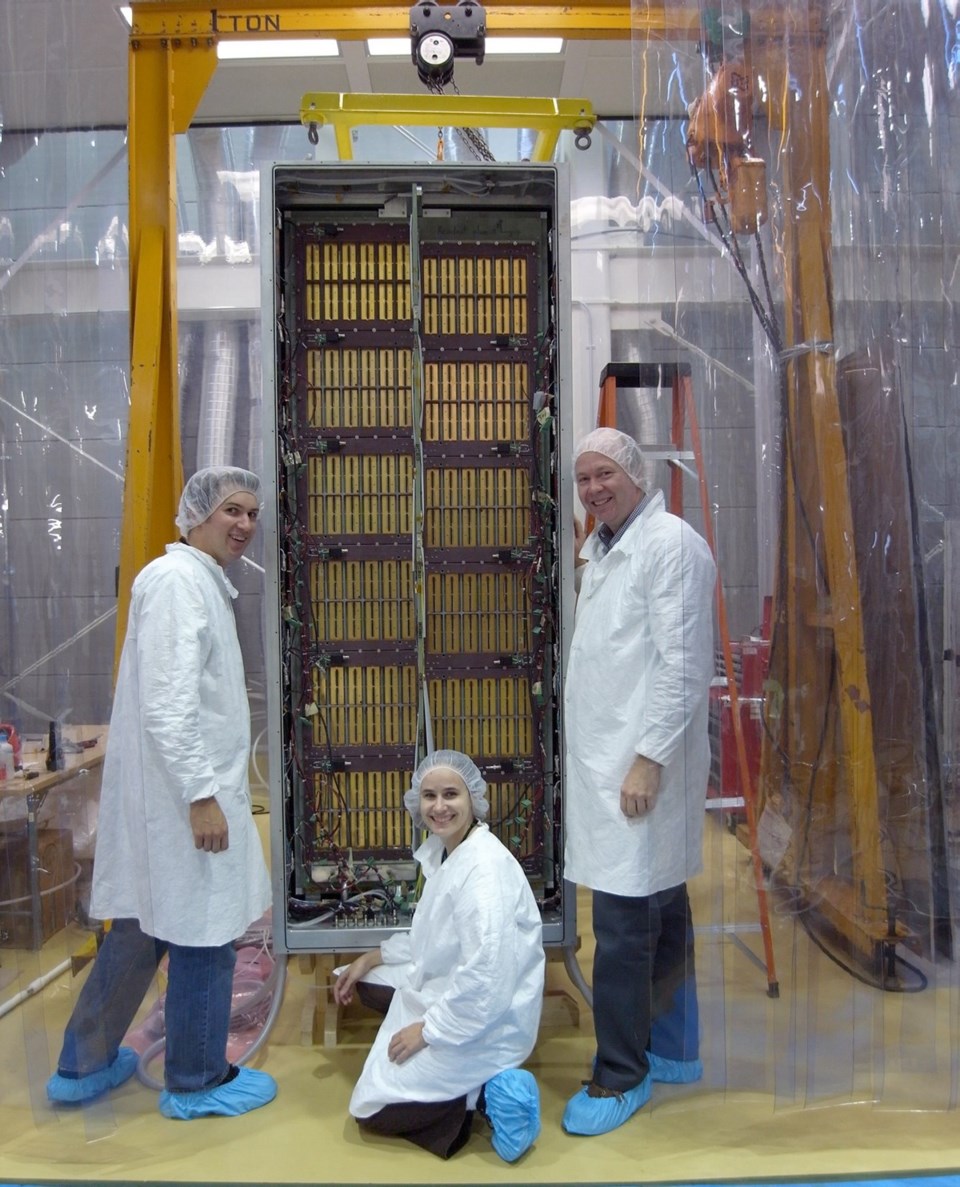University of Victoria physics professor Dean Karlen wants to know why humans can meet, love, walk upon the Earth or do things like drive a car, catch a baseball — even exist in the first place.
Karlen is part of an international research project to determine why “matter,” the stuff made of atoms and comprising the known universe, including humans, exists at all.
Why don’t we and our universe exist in equal amounts of antimatter?
After all, he said modern physics holds the original Big Bang explosion, where everything began, created equal amounts of matter and antimatter. We know matter exists because it’s what we are and walk upon. And antimatter is known to exist because accelerators have produced it in laboratories.
“But now when we look at the universe, there is essentially no antimatter,” Karlen said in an interview.
“Where did all the antimatter go? It’s not like we see antimatter stars anywhere,” he said. “There is clearly no mixture of matter and antimatter anywhere.”
His current research, an international project called T2K and being pursued by 400 physicists from 11 countries, is focusing on a little-understood particle, called the neutrino.
It is about one-millionth the size of an electron and can pass through matter, including an entire planet.
It’s also the last particle, demonstrated to exist, to be intensively studied. It is hoped the neutrino will provide answers to the question of the missing antimatter.
“The neutrinos are essentially our last hope because we know so little about them,” Karlen said.
The T2K project is an acronym standing in for Tokai, a small city on the east coast of Japan, to Komioka, a city 300 kilometres away on the west coast of Japan.
Using particle accelerators in Tokai, the scientists send a beam of neutrinos through the Earth to a tank containing 50,000 tonnes of water in a cave near Komioka. Many of the neutrinos simply pass right through the water.
But some interact with the matter in the water to produce an electron. And when an electron is produced, the interaction produces a tiny flash of light which can be detected with sensitive sensors, constructed here in Victoria and at the TRIUMF laboratory in Vancouver.
Furthermore, the interaction of the neutrino will produce one of three types (or “flavours,” as Karlen calls them) of electrons: a regular electron, a heavier muon electron, or a tau electron.
What the recent experiments have shown is solid proof that a muon neutrino will alter a millisecond later after travelling 300 kilometres through the Earth, into a smaller electron neutrino.
“This is a firm discovery that this process happens and it happens at a rate we can measure,” Karlen said.
The next stage is to use the accelerators to produce the antimatter version of the neutrinos, shoot them through the Earth into the water tank and see how they behave. This might help explain what happened to the missing antimatter.
“We can go ahead and do the experiment with antineutrinos, and we can go ahead and study the difference between neutrinos and antineutrinos,” Karlen said.



